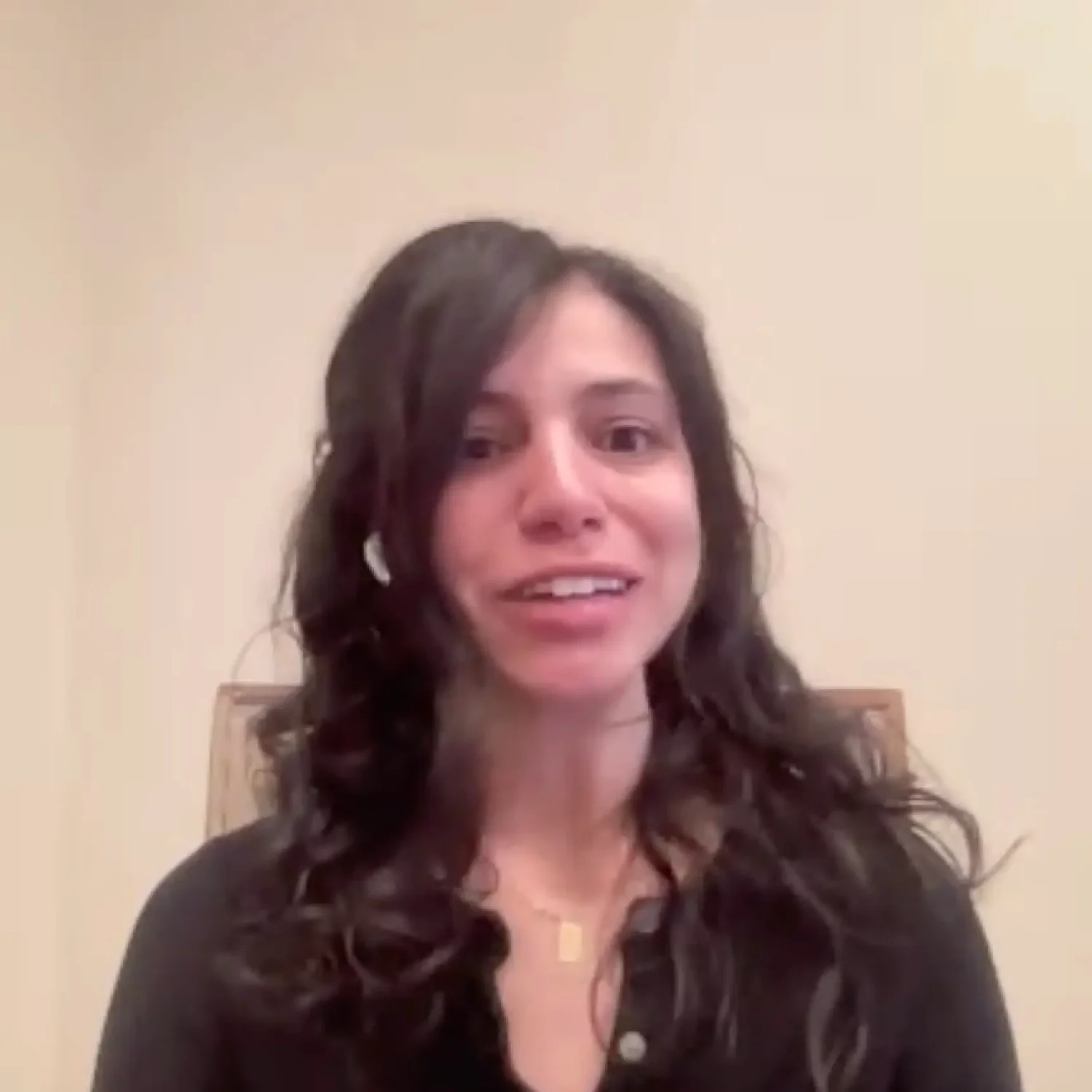We all get a dry throat from time to time. If it lingers, it could point to an underlying condition, such as Sjögren's disease, an autoimmune condition that’s more common than you may expect. Here’s how to tell if Sjögren's or something else is causing that chronic dry throat, as well as some of the best dry throat remedies.
If your throat feels scratchy and uncomfortable no matter how much water or tea you drink, you’re probably looking for answers and, more importantly, a way to soothe it. A dry throat that persists for longer than two weeks often indicates an underlying condition, possibly Sjögren's disease. Ahead, we’ll dive into how to identify when a dry throat is a symptom of Sjögren's or another health condition and how to treat a dry throat when hydration alone doesn’t cut it.
What is Sjögren's disease?
“Sjögren's disease is a serious autoimmune disease that’s much more common than most people realize,” says Katherine Morland Hammitt, the Vice President of Medical & Scientific Affairs at the Sjögren's Foundation, “It can be very debilitating, leading to dry eyes, dry mouth, and dryness throughout the body. If you think of how much humans are made of moisture, it’s a big part of who we are.”
We all have moisture-producing glands, such as the salivary glands in the mouth and tear ducts in the eyes. Sjögren's disease affects both these gland types, resulting in fewer tears and saliva. “The dry throat condition of Sjögren's disease develops because the affected patients produce less saliva,” says Shawn George, DO, an internist at Yorktown Health.
Other common symptoms of Sjögren's include:
- Dry cough
- Dry nose
- Dry skin
- Fatigue
- Joint pain
- Muscle pain
- Rashes on feet, arms, and/or hands
- Tingling or numb hands and/or feet
- Vaginal dryness
About 50% of those with Sjögren's disease have extraglandular symptoms (meaning symptoms that aren’t associated with decreased activity in the salivary glands and tear ducts). Some will also develop complications, such as gastrointestinal problems, heart conditions, kidney problems, and lung conditions. Sjögren's also increases someone’s risk for lymphoma.
“Not every patient is alike and it complicates diagnosis, management, and clinical trials,” explains Hammitt, “One person may have heart complications while another person has kidney problems or GI problems.”
Risk Factors for Sjögren's Disease
While it’s sometimes mislabeled as a rare disease, over four million Americans have Sjögren's, meaning it impacts more people than autoimmune diseases we hear about often, like lupus and rheumatoid arthritis.
Speaking of other autoimmune conditions, Sjögren's disease occurs alongside autoimmune connective tissue disorders (think: Scleroderma, Rheumatoid arthritis, and lupus) about half the time. The other half of cases appear on their own.

Women develop this disease ten times more often than men. This is most likely due to gender-based differences in hormones and immune system functioning. Sjögren's is most often diagnosed in women over 40, though Hammitt notes the disease is often present years before diagnosis. She explains, “It’s mostly diagnosed in those over 40 because the dryness aspect of Sjögren's becomes worse as we age, especially during menopause.”








